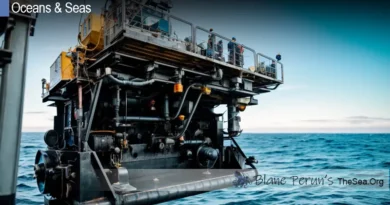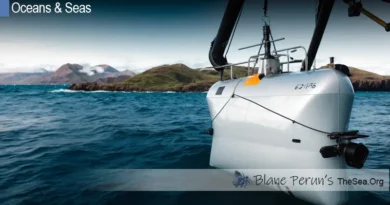Arctic Fish Could Teach Us to Store And Preserve Food For Longer
The Enigma of Arctic Fish: Unlocking the Secrets of Neutron Science
Introduction
Arctic fish have intrigued scientists for years, mainly because of their unique ability to thrive in sub-zero temperatures without freezing solid. How do these cold-water creatures pull off such a fascinating feat? Recent advances in neutron science are starting to shed light on this mystery.
Biology of the Arctic Fish: A Unique Adaptation
Arctic fish, contrary to popular belief, do not have antifreeze running through their veins. Instead, they’ve developed a series of evolutionary adaptions that prevent the formation of ice crystals within their bodies.
The Role of Antifreeze Proteins (AFPs)
These proteins, found in the blood of many Arctic fish species, bind to the surface of tiny ice crystals, preventing them from growing and thus inhibiting the freezing process. This adaptation allows these fish to survive in environments where the water temperature is below the freezing point of their body fluids.
The Role of Neutron Science in Deciphering This Phenomenon
Neutron science, a cutting-edge field, plays a pivotal role in understanding the interaction of AFPs with ice crystals. By examining the atomic and molecular structure of these proteins and their interaction with water molecules, scientists can better understand how these proteins function and how they might be applied in other fields.
Neutron Scattering: A Glimpse into the Molecular World
By using a technique called neutron scattering, researchers have been able to delve deep into the molecular dynamics of AFPs. This method involves directing a beam of neutrons at the proteins and analyzing how these neutrons are scattered by the molecules. The resulting patterns give scientists valuable information about the structure and behavior of AFPs.
Potential Applications Beyond the Arctic Fish
The understanding of AFPs’ functionality is not only crucial for biology but also has vast potential in other areas:
- Medicine: Protecting human organs for transplantation by inhibiting ice formation during storage.
- Agriculture: Developing frost-resistant crops that can thrive in cold environments.
- Food Preservation: Enhancing the shelf-life and quality of frozen foods.




